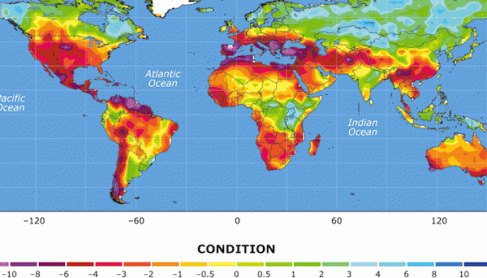While browsing the Internet this morning, I discovered an interesting article on the impact of the food industry on the environment. This article features commentary by Arlin Wasserman, Chair of the Sustainable Business Leadership Council at the Culinary Institute of America. Wasserman acknowledges the food industry’s inability to show environmental improvement, its lack of transparency, and the failure of some leading companies to alter the status quo. He states that these issues create an incongruence with both the younger generation and the overall population, who are becoming more enlightened regarding the need to grow and harvest food in a more soundly manner.
This article lists some very relevant statistics regarding the agricultural industry:
- Farming and ranching accounts for 40% of arable land in the world.
- Farming and ranching uses 30% to 70% of fresh water.
- Approximately 50% of greenhouse emissions can be attributed to farming and ranching.
- Second only to oil, coffee is one of the most valuable legally traded commodities worldwide.
- Half of the food produced globally is wasted due to improper harvesting and storage.
A major concern voiced by Wasserman is the change that has taken place regarding consumers’ relationship with food consumption and preparation. We now rely on restaurants, carryouts and delicatessens for the majority of our meals. This phenomenon results in fewer people even knowing how to cook or being informed about the sources of food or the ingredients used in meal preparations.
With his work with the Culinary Institute of Art, Mr. Wasserman aims to address problems with the food industry. This organization strives to implement better decisionmaking about health, selection of food and our relationship and impact on the environment . Hopefully, with the help of emerging associations such as Culinary Institute of Art, we can live green, be green.

